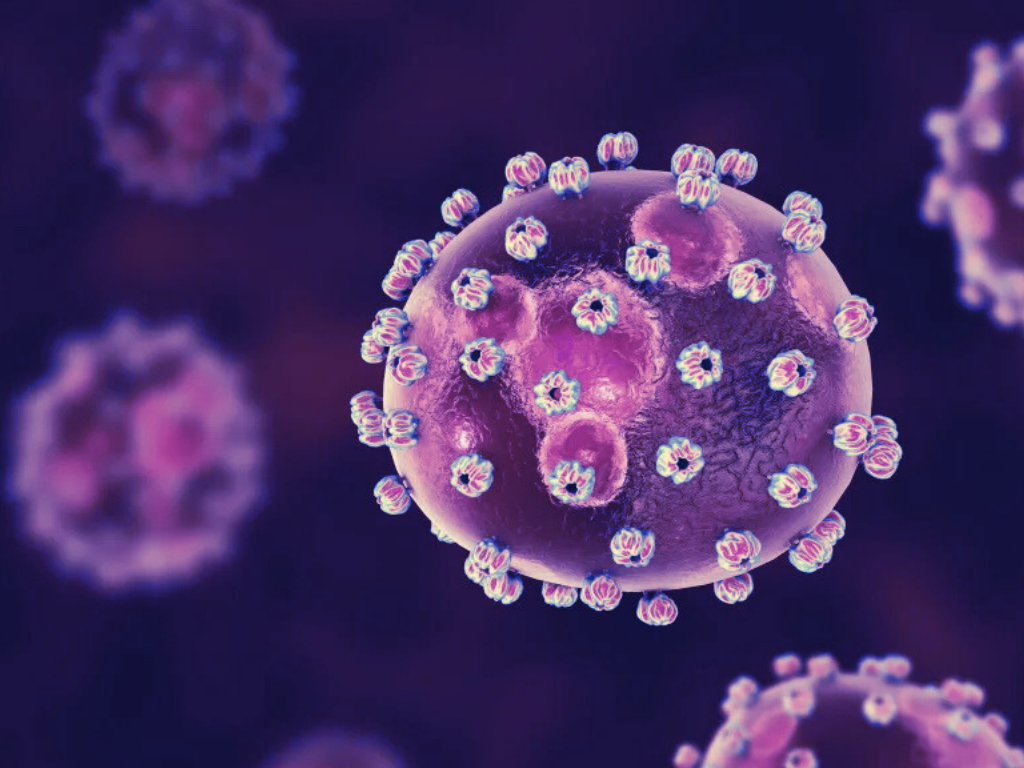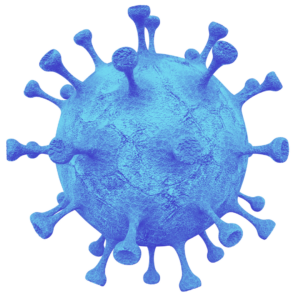Dengue fever, a viral disease transmitted by Aedes mosquitoes, has increased in incidence and geographic range over the past decade. In this COVID-19 Focus Report, we explore the potential impact of COVID-19 on dengue reporting globally in 2020 and discuss why we observed both higher and lower incidence rates this year in some regions compared to 2019. As well, we highlight several regions experiencing new and unusual dengue activity over recent years.
Executive Summary
- Some regions, particularly in South America, have been hard-hit by both COVID-19 and dengue in 2020.
- Dengue is expanding in geographic range and several regions are experiencing new and unusual activity during recent years.
- While it is very likely that the detection and reporting of dengue fever has been impacted by the COVID-19 pandemic, the differences in online media volume of reports pertaining to dengue in 2020 were not found to be negatively associated with the surge in global reporting about COVID-19.
- Differences in the volume of news articles about dengue in 2020 were not statistically different compared to 2019 at a monthly level.
- Differential diagnosis is required between dengue fever and COVID-19 as they share similar clinical features such as fever, fatigue and headache. Confusion in diagnosis or test results can affect public health control interventions, such as contract tracing for COVID-19 and vector control for dengue.
What does this mean?
While the COVID-19 pandemic rightly demands the world’s attention, many countries had to concurrently manage dengue fever outbreaks to limit spread and prevent future resurgence. The significant shift in public health resources directed to COVID-19 response may have indirectly contributed to increased dengue activity.
In 2021, if countries improve their capacity to respond to COVID-19, including widespread vaccination, decreased delays in COVID-19 reporting, improved laboratory testing capacity, and decreased pressure on healthcare systems, countries may be more capable of controlling dengue epidemics via increased dengue testing and reporting, vector control, and general surveillance.
However, several factors independent of COVID-19 will likely continue to contribute to increased dengue activity, including population-level susceptibility to circulating dengue serotypes, and favourable environmental conditions like increasing global temperatures. Furthermore, trends in dengue activity observed in the Americas in particular suggests that epidemics of dengue grew amid public health capacity constraints in detection and reporting during 2020.









